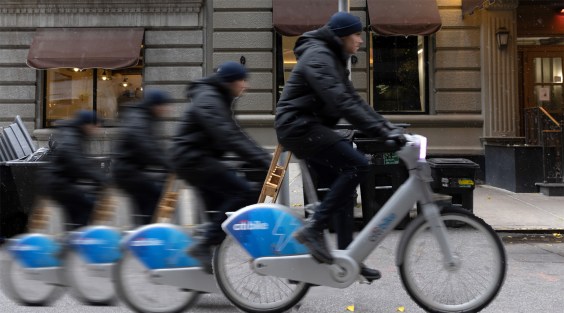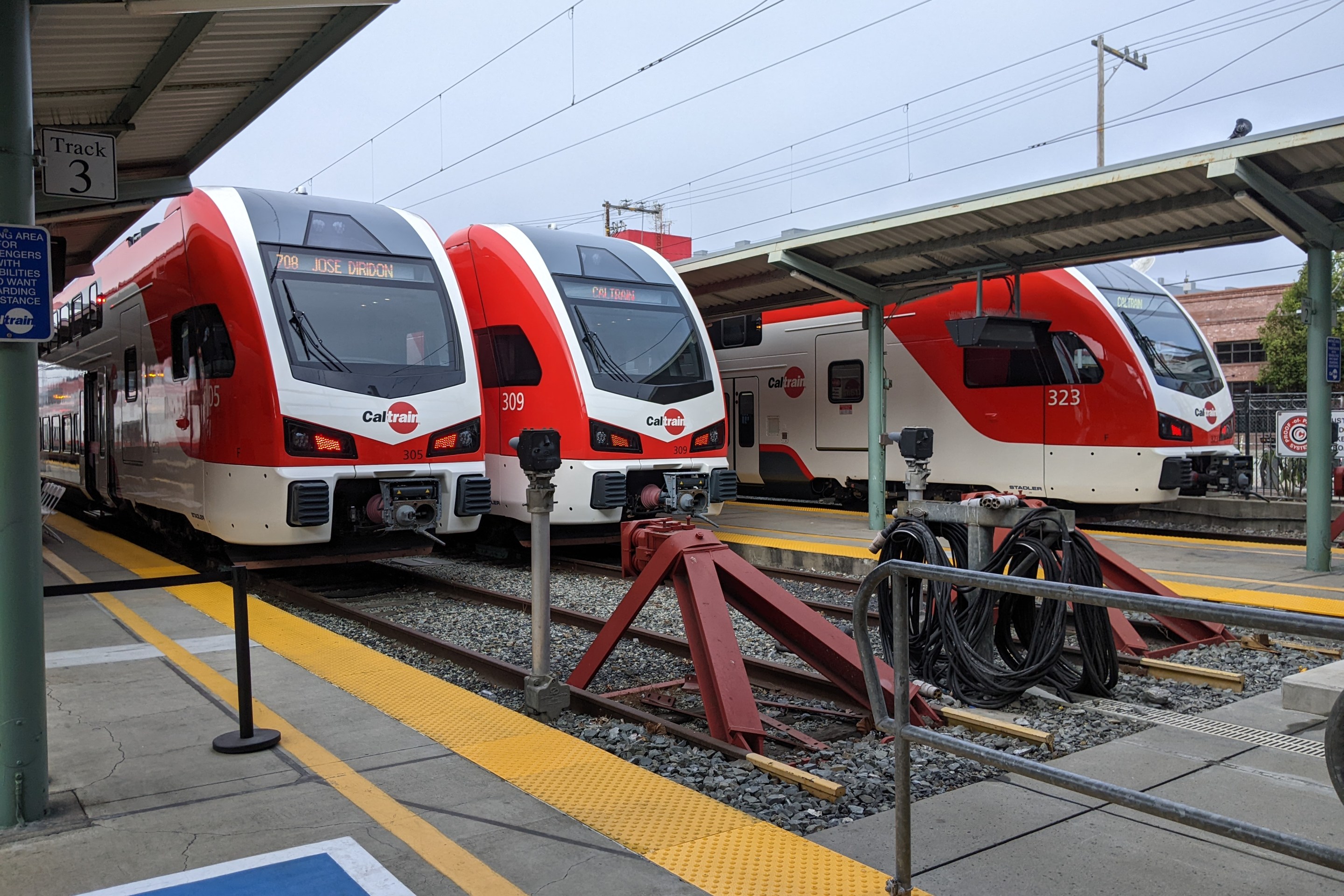Last week, the Tri-State Transportation Campaign revealed how states prioritize spending: 20 percent for transit, 2 percent for bike/ped, 38.5 percent for maintenance, and about 22.5 percent for highway expansion. Looking just at those last two numbers, that breaks down to 71 percent more spending on repair than sprawl-inducing new lanes.
But Smart Growth America cautions that these figures may be misleading.
“It’s important to note that the Tri-State report is based on an analysis of State Transportation Improvement Programs, so it’s looking at planned funding, not necessarily real spending,” said SGA President and CEO Geoffrey Anderson in a statement.
In a 2011 study, Smart Growth America found a very different story. Between 2004 and 2008, states spent an average of 36 percent more on road expansion projects than they did on road repair projects, based on data collected from the states by the Federal Highway Administration.
Between 2004 and 2008, states spent $37.9 billion annually on repair and expansion of roads and highways. Of these funds, 57 percent went to road widening and new road construction – just 1.3 percent of roads. 43 percent went to preservation of existing roads, which make up 98.7 percent of the system.
There are two different conclusions one can reach when looking at the disparity between current state transportation plans (the numbers that Tri-State crunched) and the history of state DOT spending patterns (the numbers emphasized by SGA).
One, we can assume that states are road expansion addicts, always promising to quit and then falling back on their old ways.
Or, two, we can assume, as Anderson charitably (albeit cautiously) does, that "states are coming to grips with the huge backlog of upkeep and maintenance that need to get done" and that the near future will be different than the recent past.
AASHTO Executive Director John Horsley insists it's the latter. In fact, he disputes Smart Growth America's analysis, saying the FHWA biannual reports on state spending -- up to 2008, the latest year available -- show "a consistent upward trend in the percentage that's spent on rehabilitation and preservation, as opposed to system expansion."
Horsley said the data he's seen would corroborate Tri-State's findings that states are spending more on maintenance. "By necessity, cities, states, counties are all spending more on preservation," he said. "The bill is coming due. Our facilities are getting older. There's no question but that preservation has to be the highest priority."
Anderson notes that "it’s notoriously difficult to understand the DOT planning documents," and perhaps he's looking at a different set of figures than Horsley. But even if, as Horsley says, states are spending more each year on preservation, that doesn't necessarily mean it equals more than the bill for expansion.
SGA's Anderson cautions that even if states stick to their plans and dedicate 71 percent more to repair than expansion, it still wouldn't be enough to get out from the deep hole they're in -- but it would be a great start. “If state leaders stick to the plans and make sure that we’re continuing to invest in existing infrastructure, communities, travelers and taxpayers will benefit tremendously," he said.
Still, he says, "I’ll wait to see where the money actually goes before I get too excited.”






